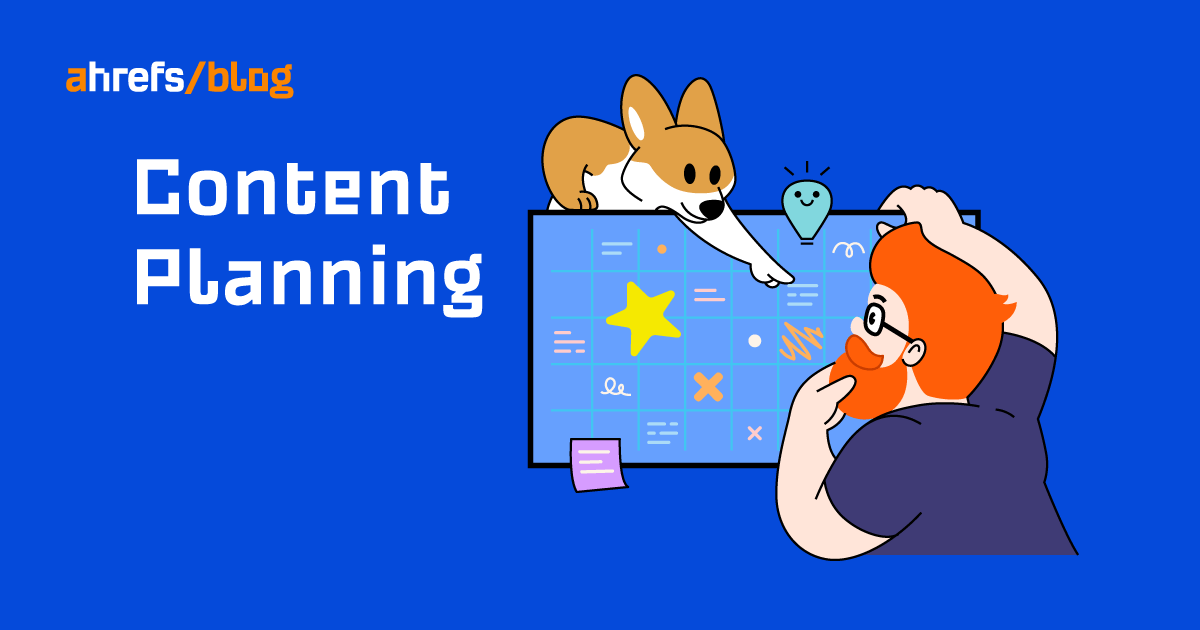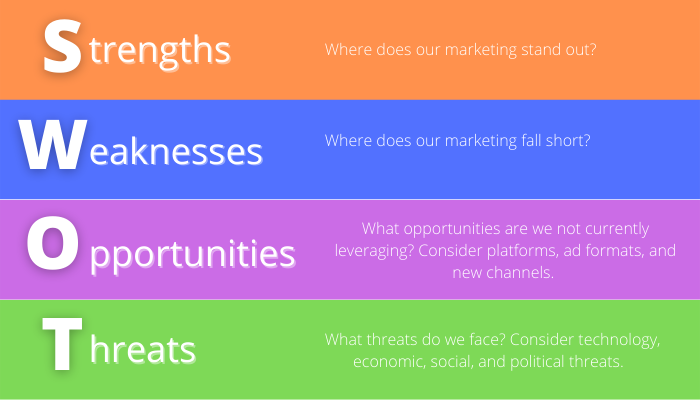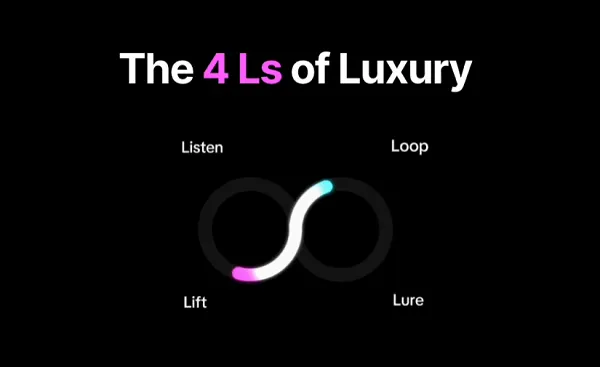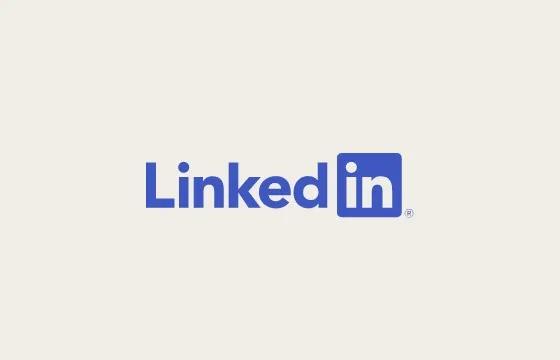Guide on How to Build Your Startup’s Marketing Strategy from Scratch
Successful marketing strategies are paramount for business success, especially for startups. In the early stages, businesses need strategies to showcase their brand and products or services and attract new customers. Without marketing, these businesses may not make it past...

Successful marketing strategies are paramount for business success, especially for startups. In the early stages, businesses need strategies to showcase their brand and products or services and attract new customers. Without marketing, these businesses may not make it past the first year.
Here’s how to build your startup’s marketing strategy from scratch and set your business up for success.
Define Marketing and Business Goals
Goals are necessary for any marketing strategy. You have to know what you’re hoping to achieve with your business in order to draft a plan for how to get there. Attracting leads and prospects and converting them into customers requires a defined approach with strategic goals.
Determine your goals for the overall business, the next few months, and the next few years. With these goals defined, you can choose the best metrics to gauge the success of your campaigns in reaching them.
Determine the Target Audience
Marketing is all about targeting. You need to know who you’re selling to and what they need from your brand and product. No matter how great your marketing campaigns or products are, they’re all worthless without the right audience.
You have to define your target customer and plan your marketing around addressing their needs. Here are some things to consider:
What are your customers’ demographics (age, location, gender, occupation)?What are your customers’ personalities and shopping habits?What are your customers’ pain points? How does your product solve them?The answers to these questions will help you define your specific audience and ensure that your product and marketing messaging are designed for them.
Perform Keyword Research
Keyword research is necessary for successful marketing. Customers will use certain keywords to research solutions to pain points or for products that serve their needs, and they can’t find you if you don’t have those keywords in your website, content, and campaigns.
Ideally, look for keywords with high traffic and low competition. You should also use keywords that are highly relevant to your brand and your campaign goals. For example, someone in the early stages of an engineering project may search “what is a printed circuit board” to learn more about bringing their design to life. If they were searching “printed circuit board manufacturers,” they may be further along in the buying journey.
Develop Key Performance Indicators (KPIs)
Remember the goals you set early on? The only way to see if your efforts are working is by choosing KPIs and metrics that measure your performance. When you have these in place, you can compare campaigns against others to see what’s working and what isn’t.
Your metrics and KPIs should always be specific and measurable. Instead od saying you want to grow your social media presence in general, choose a number and a timeframe like 1,000 followers each month. Now, you have a target in mind and you can see how far above or below you came.
Your exact metrics may vary according to your business and goals, but it’s important to set them early on and use them to track your progress.
Determine a Marketing Budget
Marketing can get expensive quickly, so it’s important to have a budget in place before you plan your entire strategy. You need to know what your business can afford to dedicate to marketing efforts, and from there, you can decide which avenues offer the largest potential return on investment.
For example, if you have a younger audience that’s active on social media more than anywhere else, it may make sense to devote more of your budget to social media marketing efforts. If your blog gets most of the traffic, allocate more research toward professional writing services and content development.
Develop Your Website and Blog
Nearly all consumers expect brands to have an online presence, regardless of industry. It’s important to have a well-designed website with a blog and resources to help your potential customers. Having these assets in place establish you as a credible brand and provide your prospects with enough information and value to see why you’re the best brand for their needs.
Keep in mind that it’s not enough to simply set up a website and blog and leave it to sit. Your blog will need consistent, high-value content that addresses your audience’s pain points and drives traffic to your site. For example, if you are a manufacturer of printed circuit boards, content about how to design your first printed circuit board will be of value.
You should also have well-developed webpages and a logical site layout that directs visitors to the pages you want them to see.
Choose the Right Social Media Channels
Social media has a ton of value for businesses. Each channel serves different audiences, interests, and personality types, and many consumers expect to connect with their favorite brands on their favorite channels.
That said, not all channels are worthwhile, or even appropriate, for your brand. You could spend a lot of money and time trying to hit every channel, so it’s best to focus your efforts on the channels with the majority of your audience. Some of the most popular social media channels include Facebook, Instagram, TikTok, and LinkedIn.
Work with Influencers
Influencer marketing is here to stay, and it can have incredible impact for your brand. Much like the celebrity endorsements and television commercials that once reigned, influencers are the new celebrities that are highly sought for brand partnerships. These content creators gain significant followings in their industry and have the power to influence others, so a simple product review can be enough to boost a brand’s presence.
Not all influencers are equal, however. It’s better to find an influencer in your industry and an audience that aligns with yours, increasing the likelihood that they’ll be interested in what you have to offer. The biggest influencers with millions of followers aren’t worth anything if they’re in a different industry.
Leverage a Referral Network
Word-of-mouth advertising is one of the most powerful forms of marketing, and always has been. People are more comfortable making purchases based on recommendations from friends, family, and colleagues, and you can leverage this to acquire new customers.
This strategy works best when you have some customers, but it can help you grow quickly. You have to deliver superior products and service to your customers, even long after the sale, to give them a positive experience that they want to share with others. Then, you can set up a referral program that offers them an incentive to recommend other people, such as a percentage discount, free samples, or exclusive access to a new service.
Tap Into Emotion in Your Messaging
While some sales are based on logical decision-making, emotions play a huge role in purchasing decisions. You need to connect with your customers’ emotions to inspire them to make the purchase.
Here are some emotions you can leverage:
Happiness: Positive, joyful messaging often resonates with customers because it makes them happy. Show images of people who are smiling and laughing while using your product. Some huge brands that use happiness in advertising successful include Disney and Coca-Cola.Fear: A lot of marketing uses fear because it’s effective. Fear is instinctual and triggers our flight-or-fight response to threats and danger, prompting us to act. While the fear you’ll use in marketing isn’t about life or death, it can be about risks related to their problems or the “fear of missing out” on a limited-edition product. Fear needs to be used carefully, however. You don’t want to upset consumers unnecessarily and turn them off to your products.Anger: Another negative emotion, anger can be used to prompt people to action. Controversy, asking the important questions, or bringing up an issue can inspire action, but like fear, you don’t want to create too much controversy. Use this emotion sparingly in your efforts.Keep Branding Consistent
Setting up the brand is one of the earliest tasks in a startup. You probably already have a logo, brand pillars, typography, and other assets ironed out. When you begin your marketing, each and every message and image needs to reinforce that solid branding to create a cohesive experience.
Startups are evolving, so some aspects of your brand may shift or change over time. That’s expected, but your overall branding should be consistent across your website, social media, content, and ad campaigns. When your brand is consistent, customers have more confidence in your business and credibility.
Refine Your Strategy
Your marketing strategy isn’t going to be perfect the first time. You will need to consistently track, measure, and tweak your campaigns as the conditions change. For example, you may find that customers respond better to certain emotions, approaches, or content types. You may see that you get more traffic and engagement on some social media channels and not others.
How frequently you measure your results will depend on your metrics. Some metrics require daily tracking, such as website visits, leads, and traffic by source, while others can be monitored less often, such as new vs. returning visitors. If you find certain things aren’t working, tweak your campaigns and see if you get more success.
Plan Your Startup’s Marketing
Developing a marketing strategy for a startup isn’t easy. It takes time, money, and strategy to succeed. By following these steps, you should have the tools you need to create your marketing strategy to get your business off the ground.

 Koichiko
Koichiko 






























